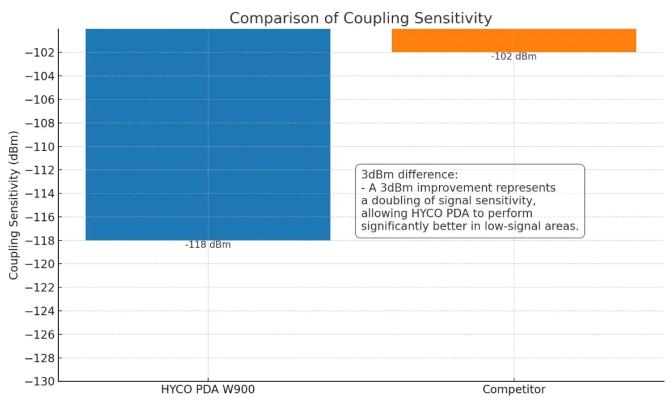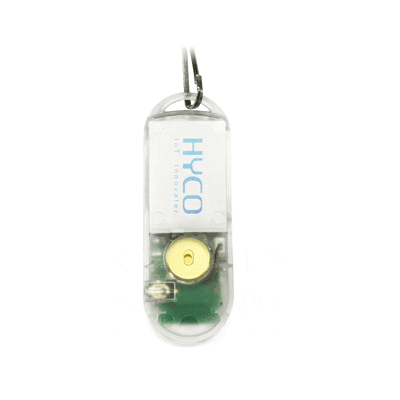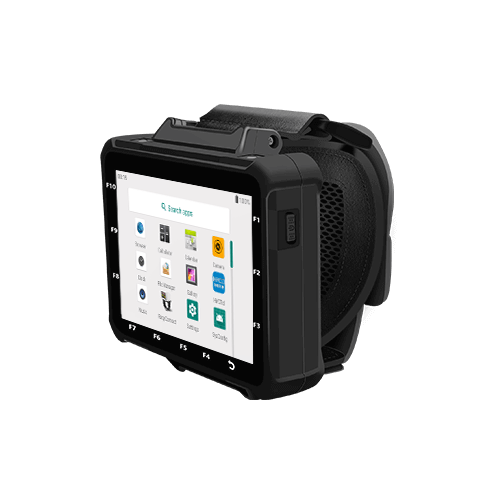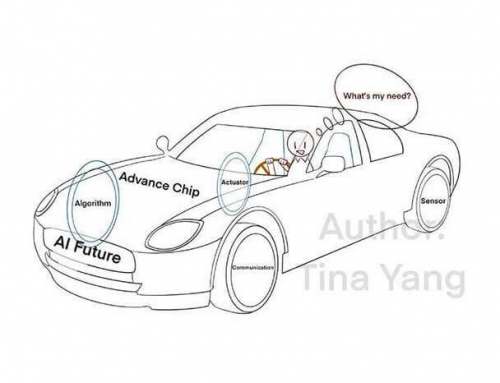In an earlier post, I talked about about why startups like Lotwork and Hyco are more able to beat big companies at technological innovation. Now let me give you an example of how this is done based on my own experience.
In 2009, when I launched HYCO technology as a company, the “informatization” of domestic express logistics was just getting underway. At that time, the coverage for mobile communication operators was poor, with data capabilities limited to 2.5G General Packet Radio Service (GPRS) or at most a 2.75G Enhanced Data Rate for GSM Evolution (EDGE).
In Europe and America, personal digital assistants (PDAs) primarily use Wi-Fi. When PDAs are used as mobile data devices in logistics applications, the devices often have poor signals, especially when held in hand —— commonly referred to as the "death grip."

On top of that, because many delivery locations are in remote areas, logistics and transportation workers frequently travel through signal dead zones and lose service. These areas of low or negligible signal strength severely impact the practicality of PDAs, especially for real-time communication.
When HYCO technology first received a client request to design a highly sensitive, low-power device, our engineers and supplier experts initially thought it was nearly impossible to solve the signal issue. They advised me to abandon the project, arguing simply: "Even Apple phones suffer from the 'death grip,' and if Apple, with all its top global talents can’t solve this problem, what chance do we have? Just give up!"
I wasn’t going to take “can’t” for an answer and I became determined to fix the problem. So I purchased various wireless signal analysis tools and worked tirelessly with my company engineers to optimize the radio frequency (RF) signal-related hardware parameters and revise the printed circuit boards for RF routing.
Then it dawned on me. The solution to the problem was a paradigm shift in thinking. It wasn’t just the hardware itself that was the limiting factor. It was the human body that was also affecting the receipt of RF signals. The solution meant integrating the human body as part of the antenna system into the design of the PDA hardware system.
This innovative approach to design ensures that the signal is optimal when the device is handheld, often resulting in even stronger signals than when the device is placed down. This is why the wireless signal of the HYCO technology PDA was far superior to that of others at the time.
After three months of intense effort, working with the HYCO technology engineers, we were able to enhance the wireless RF coupling sensitivity of our first model “PDA W900” to-118 decibels per milliwatt (dBm). PDAW900 was able to provide signal communication to couriers in remote locations or under bridges. As a result, couriers in the field were able to receive and upload data in real time.

Because HYCO technology’s competitors relied on third-party wireless modules, they could only achieve a coupling sensitivity of-102dBm. The difference of 3dBm means a doubling of signal sensitivity. This allowed our W900 PDA to connect to cloud systems and transfer data in remote locations where others could not.
The Chinese logistics company, Shanghai Yunda Express Co. Ltd began using our devices for its delivery services. In fact, Yunda Express was so pleased with our technology that our devices became more than 75 percent of its PDAs.







